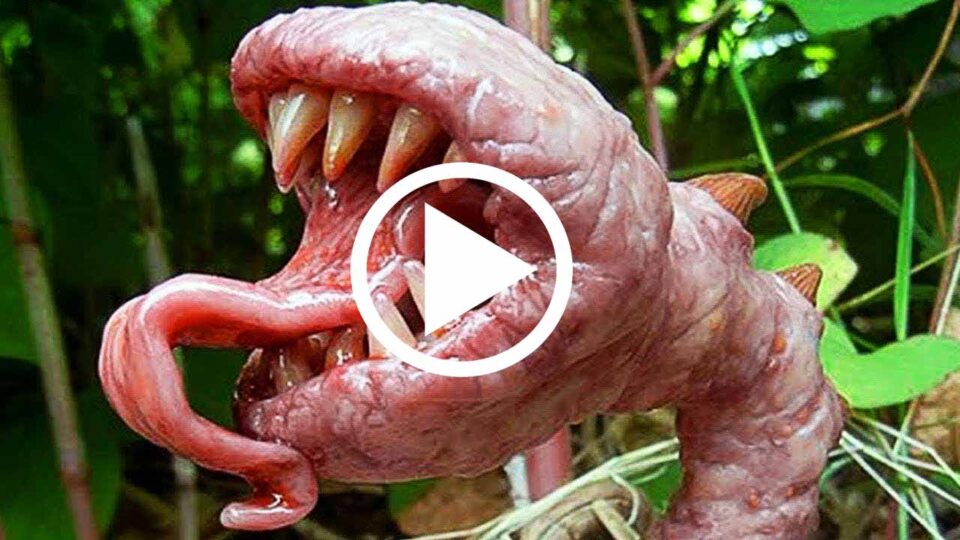When we think of carnivores, we usually imagine a powerful feline such as the tiger or lion.
The last thing that comes to mind is a plant. But guess what, there is so many plants out there that enjoy the taste of meat just as much as big cats.
COBRA LILY
Certain pests, like aphids, beetles, and caterpillars, can wreak havoc on your garden by eating and killing almost everything in their path—and sometimes pesticides and other protective measures just aren’t enough to protect them.
However, what if there was a plant that could fight back against these harmful bugs? That’s where the carnivorous cobra lily comes in—and their self-defense mechanism could also save the rest of the plants in your garden.
They’re a carnivorous plant, just like Venus flytraps, which means that they’ll eat and digest their prey— aka living things, like those pesky insects that terrorize your garden.
To capture the pests and make your garden a better place, the cobra lily attracts its prey by giving off a sweet aroma right around its deadly opening.
The head of their bulb is covered in translucent specs—called fenestrations—making the bug that crawls inside confused because it feels like it’s still outside.
Bugs will then follow the translucent specs into false exits and down into the throat-like tube of the plant, where it will be broken down and ingested.
The plant’s twisting tubes can grow over 20 inches and can also develop a nice red color when in the sun. To plant them, cobra lilies need warm temperatures, full sun, and cold water for their roots.
To help them survive, planting them in a container may be best.
Moisture is also a super important factor when taking care of your plants—try to use rainwater instead of other water, because the plant is very sensitive to excess minerals and chemicals in tap water.
BYBLIS LINIFLORA The Rainbow plant is a beautiful and delicate carnivorous plant with elegant flowers and sparkling leaves that shimmer in the sunlight.
Don’t confuse them for Sundews, though, as they are a unique species and more closely related to Butterworts, sharing similar digestive glands, and flower structure.
They grow branching, narrow stems around which linear leaves protrude.
Dainty flowers are sprinkled among these carnivorous tentacles – I guess the Byblis doesn’t mind munching on its pollinators.
The leaves have two distinct types of glands – one that secrets a shimmering glue to lure and ensnare insects.
Mosquito and gnats don’t stand a chance – they land on a droplet, expecting a tasty snack, but instead, get stuck.
As they struggle, they encounter more glue, and eventually die from exhaustion or suffocation.
At this point, the second digestive glands come into play.
These sessile digestive glands are scattered along and lay flat against the leaf surface. Like with most carnivorous plants, the digestive enzymes dissolve the insect’s soft tissues.


